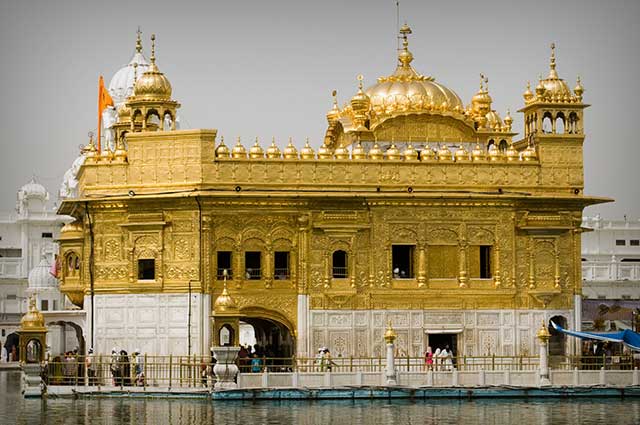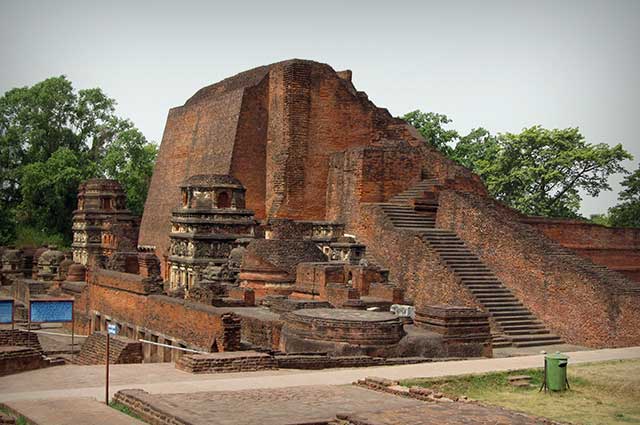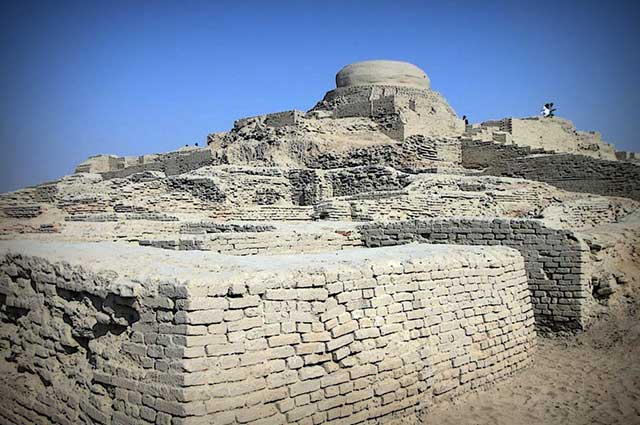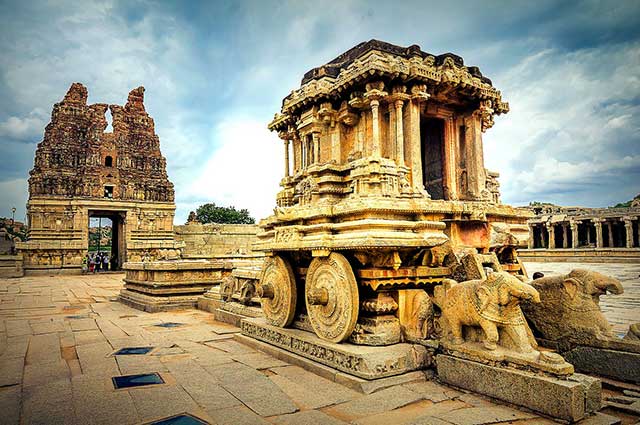
- By Theme
-
Destinations
-
Indian Destinations
-
International Destinations
-
- Best Places to Visit
- Packages
- Search Agents

The magical history of India has led to the creation of some overwhelming structures, which continue to magnetise the entire world. We all are well-acquainted with the 7 wonders of the world. But it is a lesser known fact that along with the endorsement of these marvels, 7 stupendous structures of India were also crowned with the title of 7 wonders of India. The poll conducted by the Times of India in 2007 resulted in the endorsement of the 7 wonders of India. Each of these spectacular structures envelope a staggering history, which leaves an indelible impression on the hearts of many.
If you are planning to visit India, make sure to add the reckoned Seven Wonders of India' to your itinerary to experience the diverse cultural heritage that will leave you spellbound! Out of these, some are even pronounced as the UNESCO World Heritage Sites. Let me take you on a virtual journey to these seven heavens, I am sure you will be imbibed by the fascinating experience!

This magnificent mausoleum located in Agra, is the epitome of the famous love saga of the Mughal Emperor Shah Jahan for his beloved wife Mumtaz Mahal. The milky white monument with an unrivalled calligraphy and graceful carvings still carries the acute feeling of loss and remorse of the emperor for his beloved wife. Well-manicured beautiful verdures and a pool straight in front of the mausoleum, reflecting its clear picture are the centre points for a great click. Closed on Fridays, the admission fee can vary from Rs20/- to Rs750/- depending on your citizenship. Come fall in love with the splendour!

Amritsar means pool of nectar'. It is a famous city of Punjab, renowned for a sacred shrine of the Sikhs known as the Golden Temple or Sri Darbar Sahib. The gleaming shrine surrounded by the therapeutic water of the Amrit Sarovar (reservoir), excavated by the fourth Sikh Guru, Ram Dasji, in 1577, is a spiritual Vista that would elevate your conscience to a blissful state. Maharaja Ranjit Singh protected Punjab from invaders in the 19th century and decked up the sanctum with marble effigies, golden gilding, and precious stones that are still the evidence of affluent Sikh culture. Along with the soul food of Kirtan and Gurbani', you must not miss the delectable langar that will make you have more and more with every bite. Spending some time in solitude around the Sarovar will surely take you to the state of eternal ecstasy!

Located on the shores of the Bay of Bengal in Puri (Odisha), the Sun Temple is an amalgamation of the scientific and architectural prodigy and intense devotion. Constructed by the King Narasimhadeva I in the 13th century, the temple is dedicated to the Sun God. It is even included in the honourable list of UNESCO World Heritage Sites. The temple displays the magnificent architecture of a chariot of Surya driven by seven horses. The twelve pairs of elegantly adorned wheels located at the base of the temple are famous for disseminating the accurate time, which is perceived just by looking at the shadow, pitched by the spokes of the wheels. Don't believe me? Pay a visit and get assured!

This historical and religious centre of higher education was founded by the Gupta Dynasty. Erudite students from China, Greece, Persia, and Tibet come here to study Buddhism, Philosophy, religion, astronomy, mathematics, etc. Once Gautam Buddha used to preach his teachings in a nearby mango grove and to add to its fame, Mahavira, the Jain Thirthankara, stayed at Nalanda for 14 monsoons. It is said to be the first university to have a dormitory with all the basic amenities prevailed under stringent rules and regulations. This makes me say that we strictly need one of this kind in this Era to rheostat the New-Gen!

Amidst the saline plains of the Great Rann of Kutch, Dholavira is located on the island of Khadir. One of the most remarkable excavations of the Harappa culture, belonging to the Indus Valley Civilization, Dholavira remained above the flood plains while the rest of the desert submerged in the floods of monsoon. The architecture of Dholavira depicts an urban planning that is a bit complex to understand without the help of a guide. And make sure to take along gallons of water to the barren land during your visit!

Once an affluent kingdom of Vijayanagar, Hampi represents the rich cultural heritage of the region with its labyrinthine architecture. The splendid ruins of Hampi serve as an open museum for the visitors. Serene Virupapur Gaddi across the river has become a new attraction for the admirers of this kingdom. Undertaken by UNESCO World Heritage Sites, Hampi has an array of some remarkable Hindu temples. The view of majestic hills at the backdrop makes this place perfect for clicking enormous snaps. Imagine, if the ruins hold so much charm, what a delightful sight it would be to watch the architecture of the nave Hampi in the ancient times!

Settles in the Chhatarpur district of Madhya Pradesh, Khajuraho temples is a medieval period complex of Hindu and Jain temples. Situated at a distance of 175 kilometres (108 miles) from Jhansi, these temples are extolled for the erotic sculptures and idiosyncrasy of the Nagara-style architecture. The Chandela Dynasty rulers built these temples between 950-1050 AD. Out of 85 temples, only 20 temples are existent. Honoured by the UNESCO World Heritage Sites, the group of temples is honouring the diverse religious views of Hindus and Jains. Please don't be judgmental visiting this sacred abode!
So, as this virtual journey ends here, you all must be well acquainted with the Seven Wonders Of India by now. But what I am wondering about is when will you start packing your backs for the real experience!